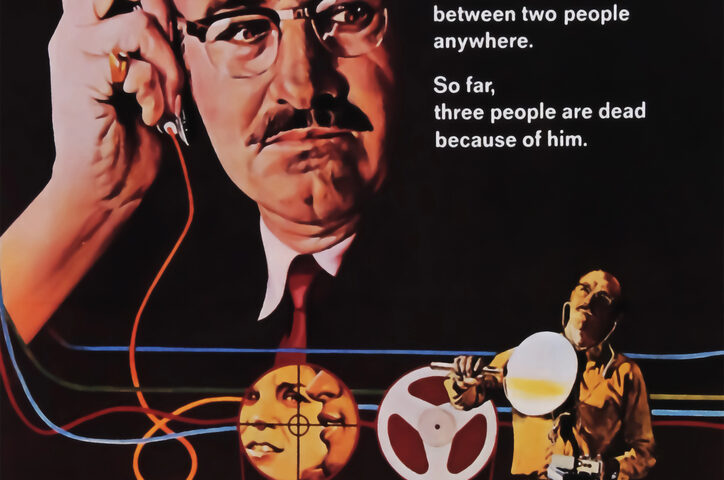
Keeping a Promise: Friends Split $22 Million Lottery Jackpot
August 2, 2025
Estate Planning Changes You Need to Know From the One Big Beautiful Bill Act
August 22, 2025The passing of acclaimed actor Gene Hackman earlier this year at the age of 95 has left fans mourning a Hollywood legend, and estate planners taking note of the lessons within his carefully crafted estate plan.
Hackman, who built an estimated $80 million fortune over his decades-long career, died just a week after his wife, Betsy Arakawa. While the public may never know exactly who inherits his wealth, his planning reveals valuable insights for anyone thinking about their legacy.
The Role of Trusts and Pour-Over Wills
Hackman and Arakawa used a popular estate planning approach that combines a Living Trust with a “pour-over” Will. This two-part structure helps ensure that all assets eventually flow into the Trust, which then dictates how those assets are managed and distributed. Unlike a Will, which only takes effect at death, a Trust can be established and adjusted during a person’s lifetime, allowing for more flexibility and control.
This strategy has another major benefit: privacy. While Hackman’s Will had to be filed with the probate court (as is standard), the Trust remains private. That means the details of who inherits his assets are shielded from the public, a key advantage for anyone who wants to keep their financial affairs confidential.
Why Planning Matters
Arakawa was named as Trustee of Hackman’s Trust, but her sudden death just days before Hackman complicated that plan. Fortunately, Hackman’s estate included provisions for appointing a new Trustee. Without these backup plans in place, the estate could have faced even greater delays and potential disputes.
This highlights a critical point that even the best-laid plans can fall apart if they don’t account for life’s unpredictability. Hackman’s foresight in including contingencies helped ensure that his estate could still be managed according to his wishes, even after unexpected events.
Navigating Complex Family Dynamics
Hackman’s Trust reportedly includes “out-of-state beneficiaries,” and while the details remain private, it’s believed that his three children from a prior marriage may be among them. Estate planning for blended families often brings unique challenges, such as balancing the needs of a surviving spouse with the rights of children from previous relationships. Hackman’s plan likely reflects careful consideration of these issues, reinforcing the importance of making your intentions clear to prevent disputes.
3 Key Takeaways for Everyone
- Consider a Living Trust: You don’t need millions to benefit from a Living Trust. It can protect your privacy, reduce probate costs, and streamline the transfer of assets.
- Plan for the Unexpected: Always name contingent beneficiaries and successor Trustees in case your primary choices pass away or are unable to serve.
- Address Family Dynamics Clearly: Blended families need thoughtful planning to ensure fairness and reduce the risk of conflict.
Whether your estate is large or modest, Gene’s planning shows the value of creating a comprehensive, flexible, and private plan for your legacy.
Thinking about your estate plan? The Estate Planning & Legacy Law Center can help you create a plan that protects your assets, honors your wishes, and provides peace of mind for your loved ones.




